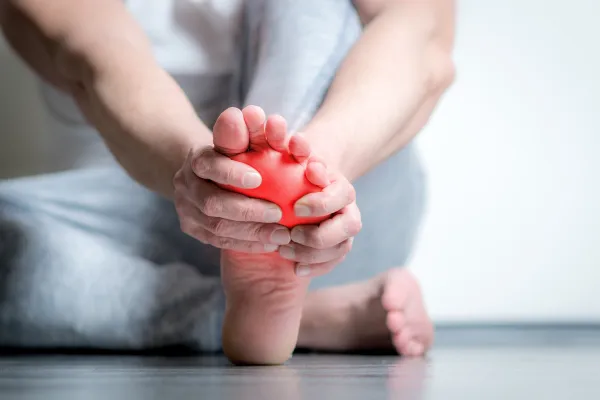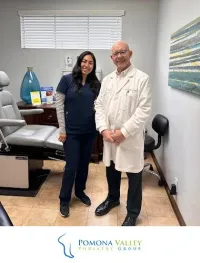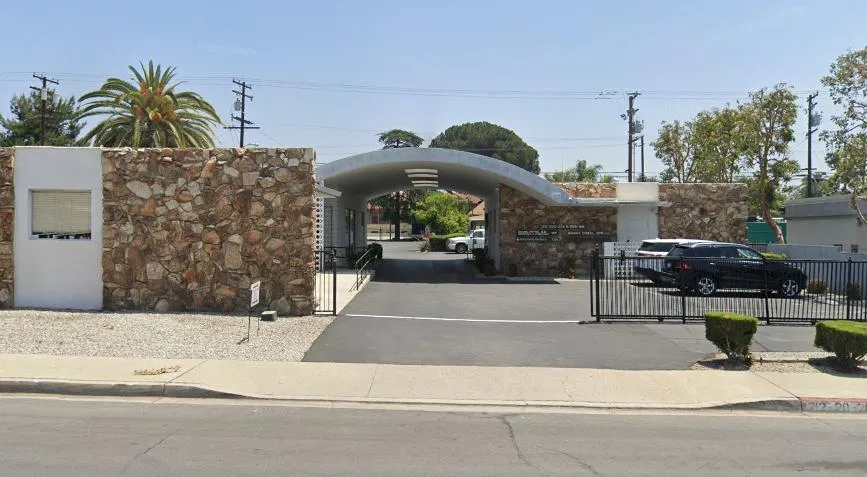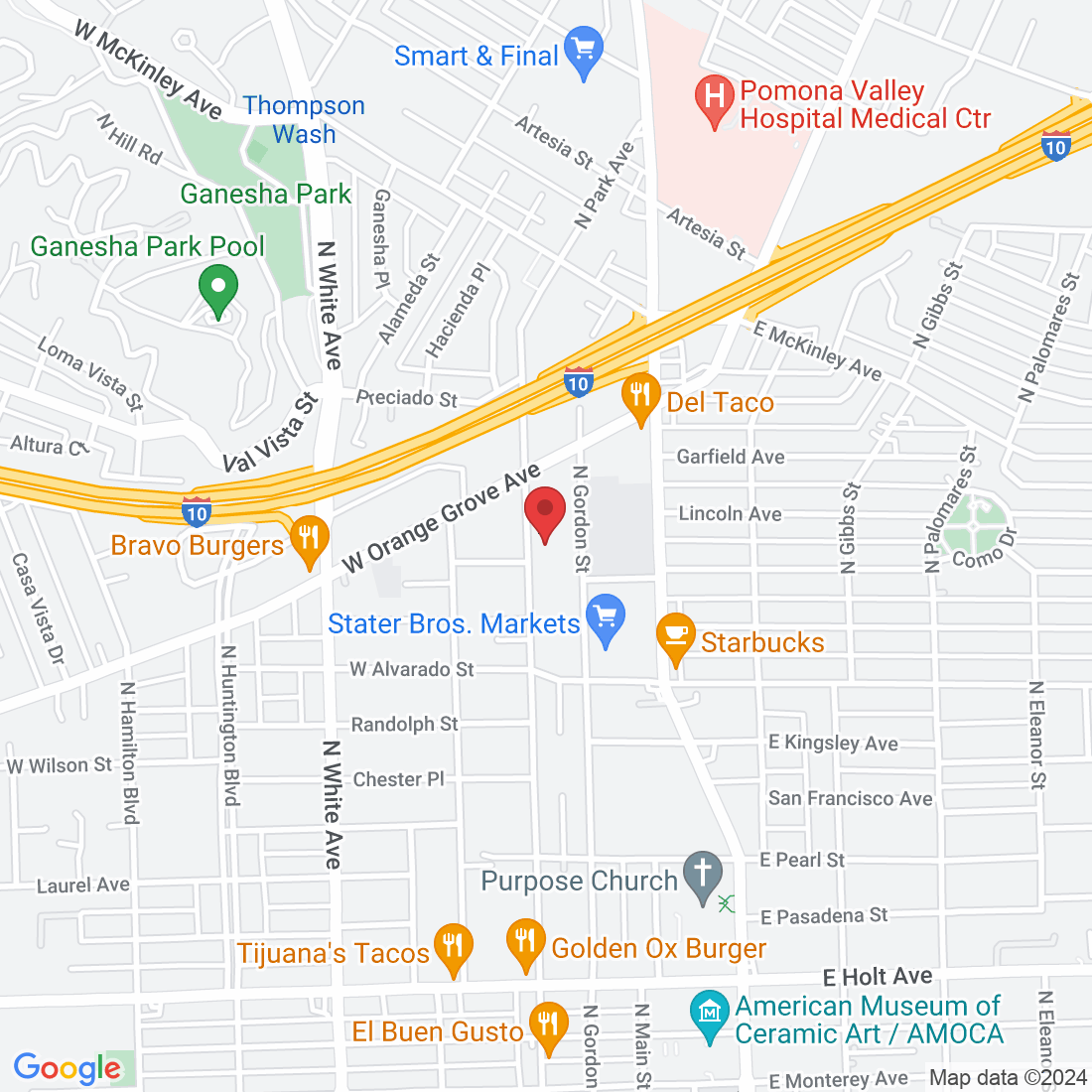
Tarsal Tunnel Syndrome: What It Feels Like and How a Podiatrist Can Help
If you’ve ever felt a burning, tingling, or shooting pain in your foot or ankle that just won’t quit, it could be something more than tired feet or poor shoes. You might be dealing with Tarsal Tunnel Syndrome (TTS)—a nerve issue that’s often overlooked but very treatable.
At Pomona Valley Podiatry, we help people find relief from frustrating conditions like this every day. Let’s break it down in a way that’s easy to understand.
What Is Tarsal Tunnel Syndrome?
Tarsal Tunnel Syndrome is kind of like carpal tunnel in your wrist—but it happens in your ankle.
There’s a narrow space near the inside of your ankle called the tarsal tunnel, where a major nerve (called the posterior tibial nerve) runs through. When that nerve gets squeezed or compressed, it causes pain and weird sensations in your foot.
This nerve controls feeling and movement in the bottom of your foot. So if it’s pinched, you’ll know something’s off.
What Does Tarsal Tunnel Syndrome Feel Like?
Symptoms vary from person to person, but most describe it like this:
Burning or tingling under the foot or around the inner ankle
Numbness that starts near the ankle and may spread into the arch or toes
Shooting or zapping pain, especially at night or after walking
A feeling like your foot is “falling asleep” but won’t fully wake up
Sometimes the pain can travel up into the calf or down into the toes. It might come and go—or it might stick around and slowly get worse.
What Causes It?
Tarsal Tunnel Syndrome is caused by pressure on the posterior tibial nerve. That pressure can come from several things, including:
Flat feet or fallen arches (which can stretch or irritate the nerve)
Swelling from an ankle injury or sprain
Bone spurs or cysts pressing on the nerve
Varicose veins or other circulation issues
Certain conditions like arthritis, diabetes, or obesity
Even repetitive stress from standing or walking all day can contribute to the problem.
How a Podiatrist Can Help
If you think you might have tarsal tunnel syndrome, don’t wait. Early treatment is key to avoiding long-term nerve damage.
At Pomona Valley Podiatry, we start with:
A detailed physical exam
A review of your symptoms and medical history
Possible imaging tests (like ultrasound or MRI) or nerve studies to confirm the diagnosis
Once we know what’s going on, we can tailor a treatment plan just for you. This may include:
Custom Orthotics
Special insoles designed to support your arch and take pressure off the nerve.
Anti-Inflammatory Medications or Injections
These help reduce swelling and ease pressure around the nerve.
Physical Therapy
Targeted exercises can improve flexibility and reduce compression.
Bracing or Supportive Footwear
To reduce movement in the area and give the nerve a chance to heal.
Surgery (in rare cases)
If conservative treatment doesn’t work, we may recommend tarsal tunnel release surgery to free up the nerve.
When Should You Seek Help?
If you’ve had foot or ankle pain that includes numbness, tingling, or burning, and it’s not going away—it’s time to call. The longer the nerve is compressed, the longer it can take to heal.
Relief Is Possible — We’re Here to Help
Tarsal Tunnel Syndrome can feel confusing and frustrating, especially when the pain keeps coming back. But you’re not stuck with it.
Our team at Pomona Valley Podiatry takes a gentle, thorough approach. We explain everything clearly, listen closely, and work with you to create a plan that fits your life. Whether it’s orthotics, therapy, or other care, we’ll help you walk with less pain and more confidence.
Call us today to schedule a visit with your local Pomona foot and ankle clinic. Your feet will thank you.
Ask And His Team
Fill in the form to request a Call From Our Team
One of our team will call you for FREE and answer any questions or concerns you may have about your uncomfortable foot condition





